Search Images
Browse Content (p. 584)
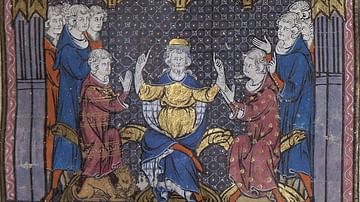
Image
Charles Martel
Charles Martel divides the realm between Pepin and Carloman. Illuminated manuscript from the Grandes Chroniques de France. Ms. fr. 2615, fol. 72.
Bibliothèque Nationale de France, Paris.
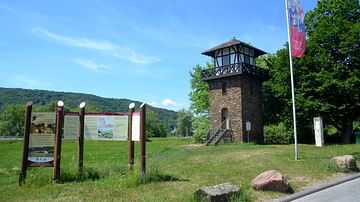
Image
The Beginning of the Limes & Reconstructed Watchtower Wp 1/1
The beginning of the Upper German-Rhaetian Limes, known as the caput limitis, is marked by the reconstructed watchtower Wp 1/1 and information boards in the territory of Bad Hönningen in Rhineland-Palatinate. Built in 1973 about 120 metres...

Image
Limes Information Boards
Limes Information boards in front of the bathhouse of Rückingen Roman Fort (German: Kastell Rückingen) on the Wetterau Limes, north of Frankfurt am Main in Germany. The Wetterau Limes is of the Upper Germanic-Rhaetian Limes.
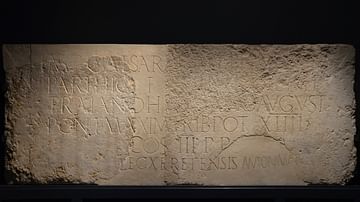
Image
Dedication to Hadrian by Legio X Fretensis
Inscription set up by the soldiers of Legio X Fretensis to coincide with the official visit of Hadrian to Aelia Capitolina in 130 CE. Israel Museum, Jerusalem. ”To the Imperator Caesar Traianus Hadrianus Augustus, son of the deified Traianus...
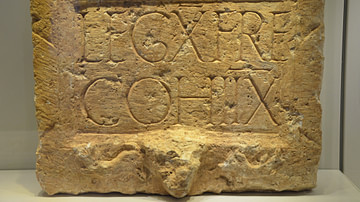
Image
Eighth Cohort of Legio X Fretensis
Inscription of the eighth cohort of Legio X Fretensis. From Jerusalem or Samaria, 1st-2nd century CE. Israel Museum, Jerusalem.
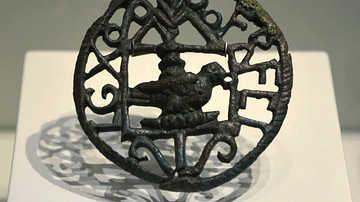
Image
Legio X Fretensis Inscription on a Sword Belt
Sword belt decoration with the inscription LG X FR FEL: Legio X Fretensis Felix (the fortunate), early 3rd century CE. Israel Museum, Jerusalem.
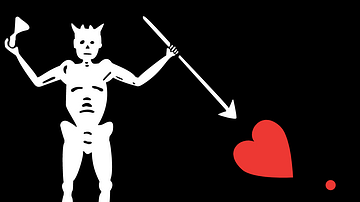
Image
Blackbeard's Flag
According to legend, the flag of the pirate Blackbeard, aka Edward Teach (d. 1718). The skeleton holds an hourglass to signify that the time of those about to be boarded is coming to an end. The bleeding heart warns of the death which will...
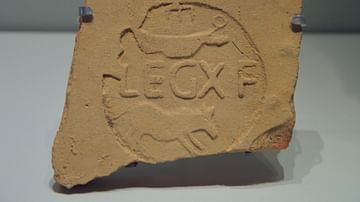
Image
Stamp of Legio X Fretensis
Tile fragment with a stamp of Legio X Fretensis, "LG X F", and its symbol, a wild boar and a battleship. Found in Jerusalem, 1st-2nd century CE. Israel Museum, Jerusalem.
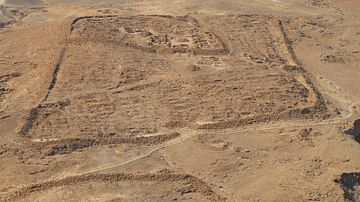
Image
Masada, Camp F
Remnants of Camp F, one of several legionary camps of Legio X Fretensis just outside the circumvallation wall around Masada (modern-day Israel). Legio X Fretensis participated in Vespasian and Titus’ battle against the Jewish Revolt of 66...

Image
The Queen Anne's Revenge
A model of the Queen Anne's Revenge. The ship was originally used for the transportation of slaves but was captured and converted into a 40-cannon pirate ship by Blackbeard, aka Edward Teach (d. 1718). (North Carolina Museum of History)